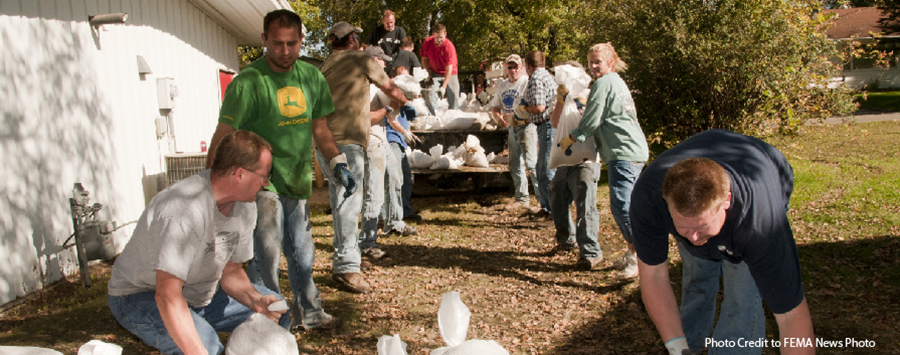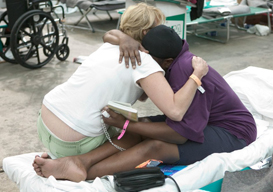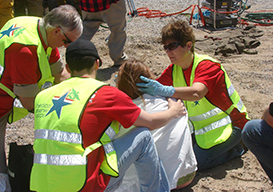Create Community

Social connectedness is important way to respond to and recover from an emergency. People are more empowered to help one another after a disaster when community members have been regularly involved in each other’s lives. Simple things, such as getting to know your neighbors and finding out who might need help in a disaster, learning practical preparedness skills, and assisting others in an emergency, can help create community.
Community Health Resilience
Community health resilience measures the ability of people, businesses, governments, nonprofit groups, and faith-based organizations to work together to create systems that can withstand, adapt to, and recover from a public health emergency. The CDC’s Center for Preparedness and Response helps to build resilient communities through the Public Health Emergency Preparedness (PHEP) Cooperative Agreement. Since 2002, PHEP has provided funding, guidance, and technical assistance that helps state, local, and territorial public health departments prepare for and respond to public health threats.
- Page last reviewed: October 15, 2018, 08:45 AM
- Page last updated: October 15, 2018, 08:45 AM
- Content source:


 ShareCompartir
ShareCompartir

